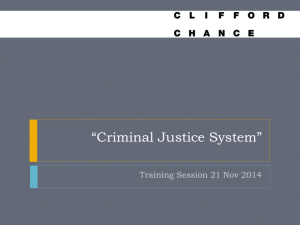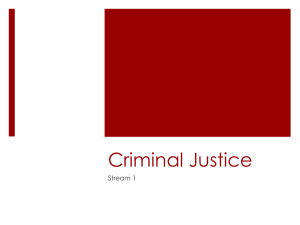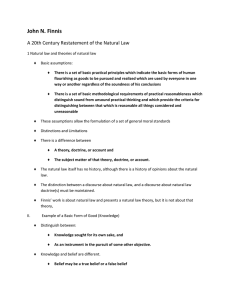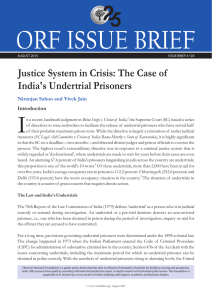Round 3: That we should use prison labour for public works
advertisement
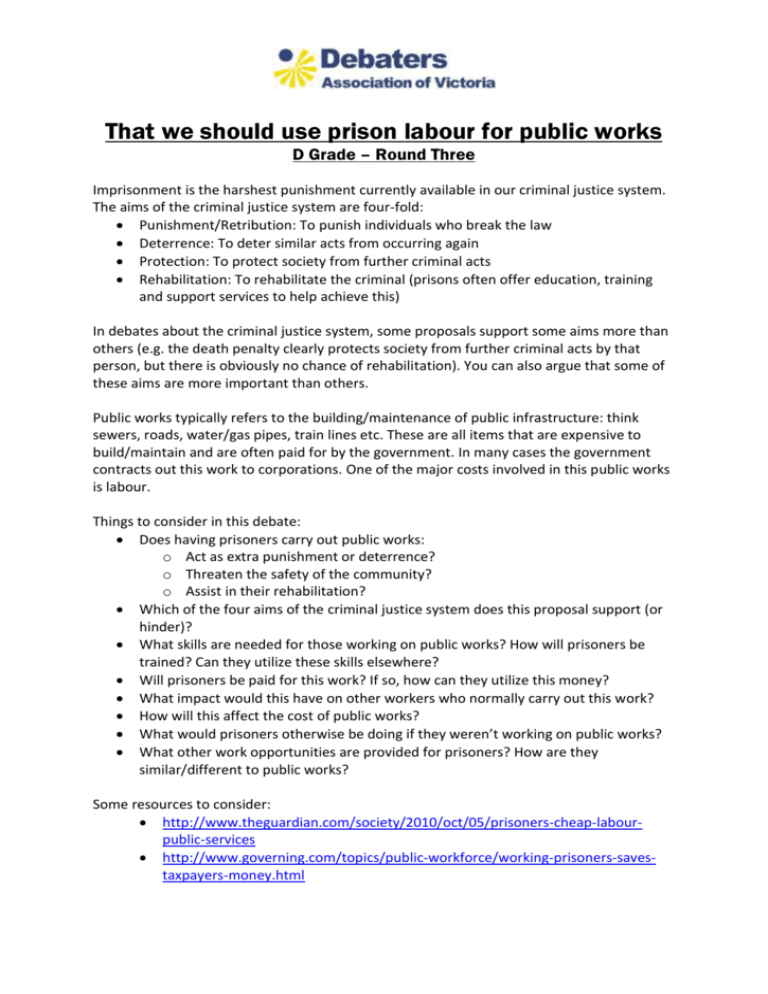
That we should use prison labour for public works D Grade – Round Three Imprisonment is the harshest punishment currently available in our criminal justice system. The aims of the criminal justice system are four-fold: Punishment/Retribution: To punish individuals who break the law Deterrence: To deter similar acts from occurring again Protection: To protect society from further criminal acts Rehabilitation: To rehabilitate the criminal (prisons often offer education, training and support services to help achieve this) In debates about the criminal justice system, some proposals support some aims more than others (e.g. the death penalty clearly protects society from further criminal acts by that person, but there is obviously no chance of rehabilitation). You can also argue that some of these aims are more important than others. Public works typically refers to the building/maintenance of public infrastructure: think sewers, roads, water/gas pipes, train lines etc. These are all items that are expensive to build/maintain and are often paid for by the government. In many cases the government contracts out this work to corporations. One of the major costs involved in this public works is labour. Things to consider in this debate: Does having prisoners carry out public works: o Act as extra punishment or deterrence? o Threaten the safety of the community? o Assist in their rehabilitation? Which of the four aims of the criminal justice system does this proposal support (or hinder)? What skills are needed for those working on public works? How will prisoners be trained? Can they utilize these skills elsewhere? Will prisoners be paid for this work? If so, how can they utilize this money? What impact would this have on other workers who normally carry out this work? How will this affect the cost of public works? What would prisoners otherwise be doing if they weren’t working on public works? What other work opportunities are provided for prisoners? How are they similar/different to public works? Some resources to consider: http://www.theguardian.com/society/2010/oct/05/prisoners-cheap-labourpublic-services http://www.governing.com/topics/public-workforce/working-prisoners-savestaxpayers-money.html
